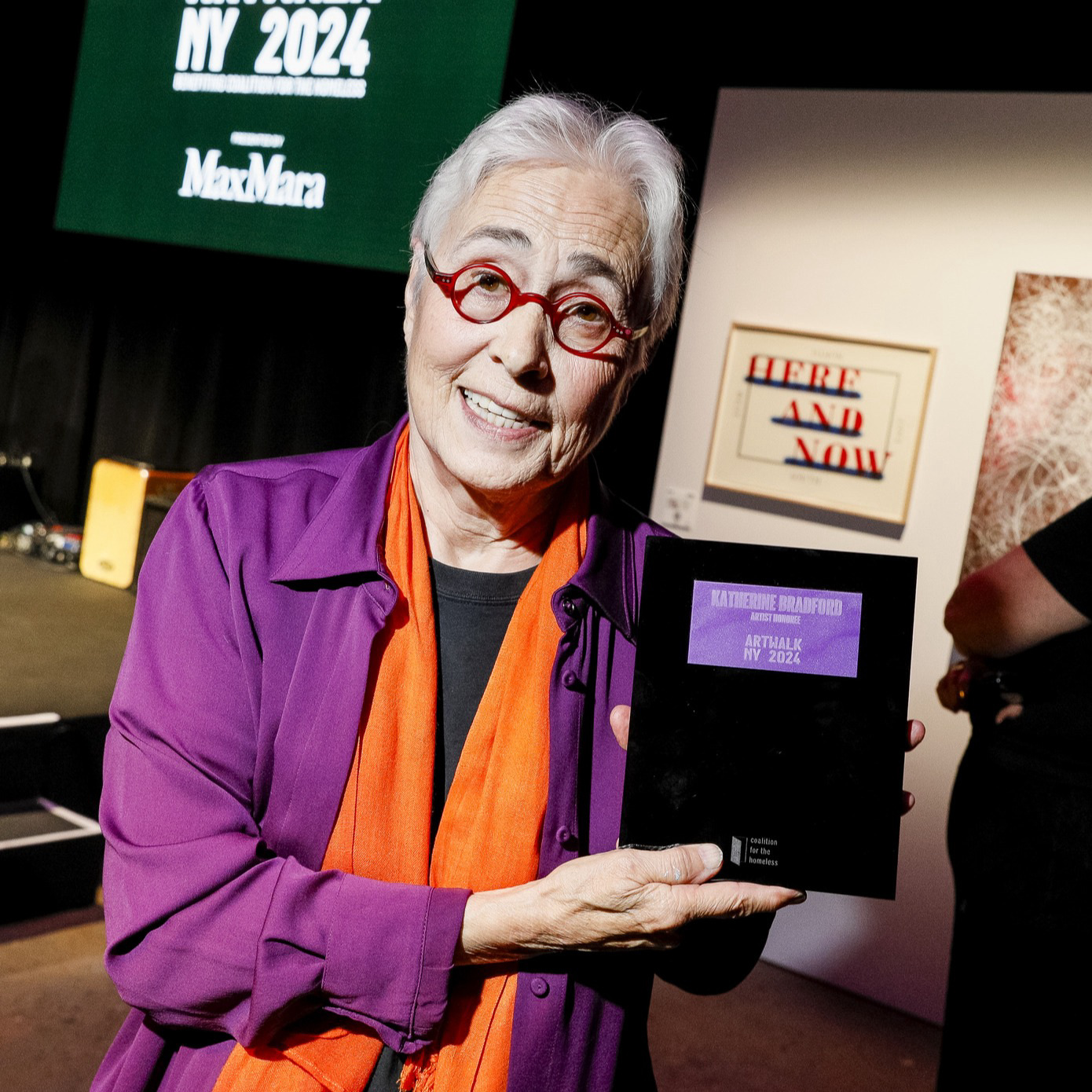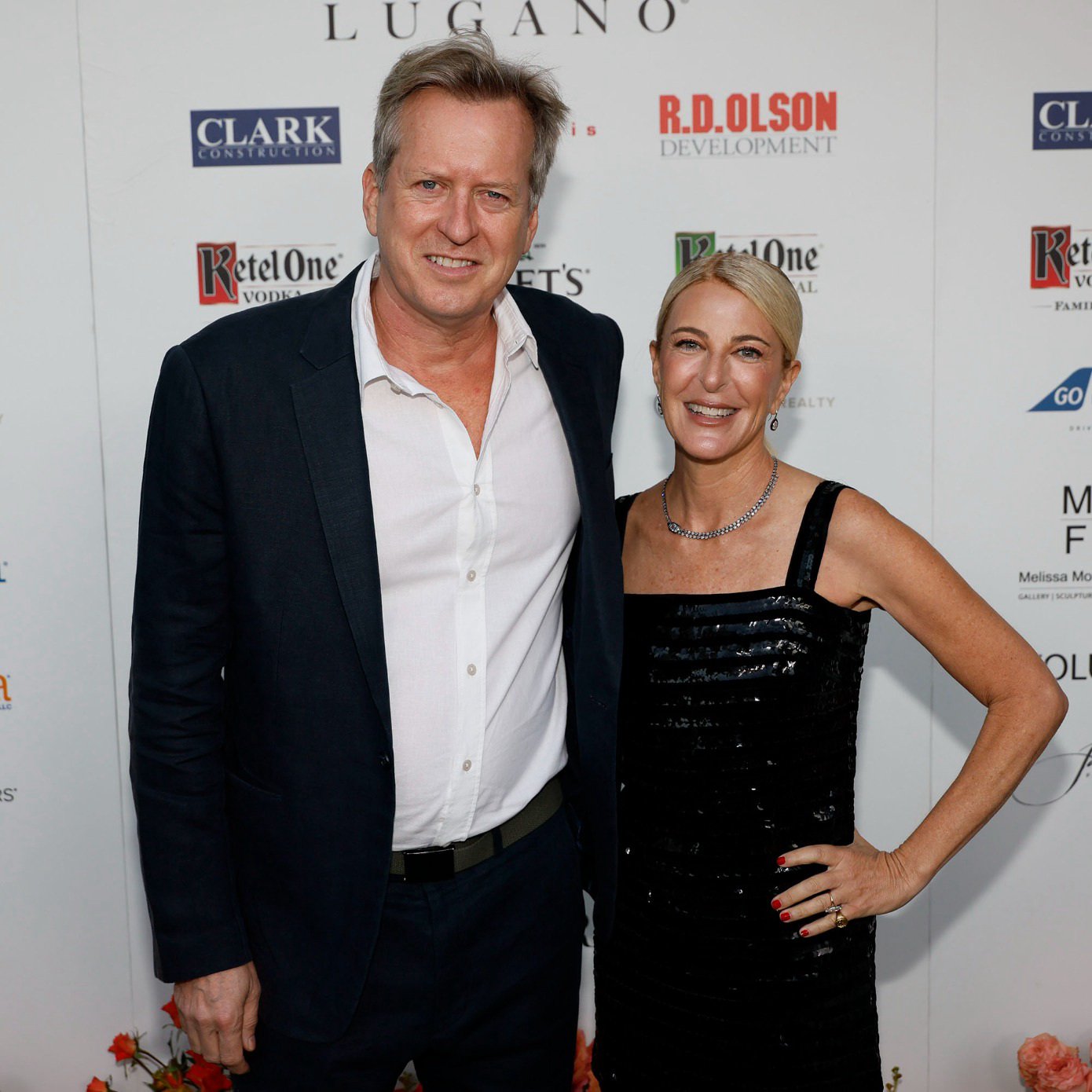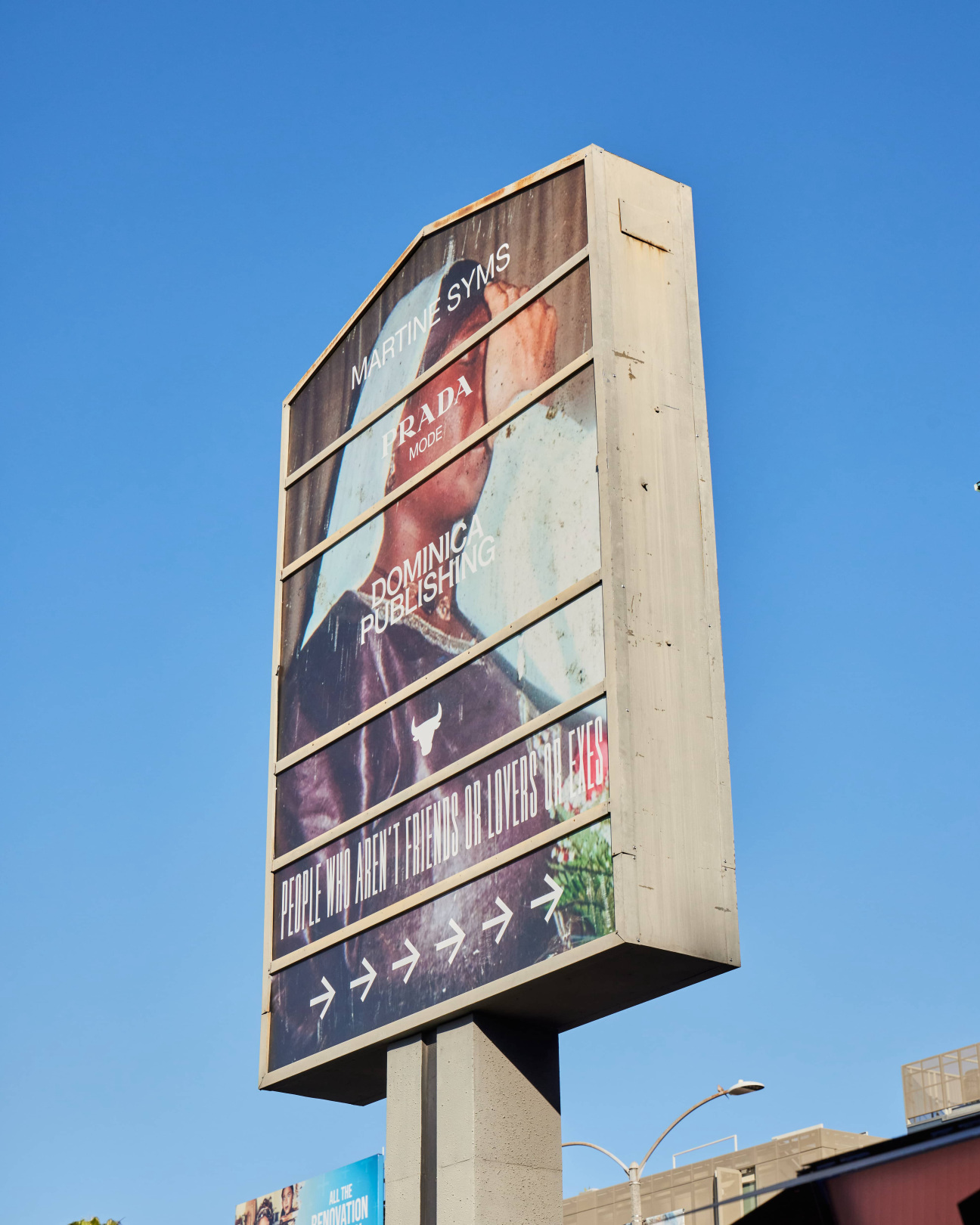
The line snakes down the block, diluting and re-forming as people step out to see what’s going on closer to the door. There are paparazzi—the old-fashioned kind, wielding long, telescoping lenses—flanked by amateurs with iPhones at the ready. There must be someone inside—perhaps even a few.
The queue leans ritzy: art dealers and their clients, hotshot artists, musicians of the moment, models and muses of all molds. Only after you are safely on the right side of the velvet rope do you realize you’re entering more of a mirage than a venue. Tomorrow, this will all be gone, the only evidence of its existence on your camera roll. The art, the music, the stage, and the crowd will disappear as quickly as they arrived. This illusionary time capsule is Prada Mode.
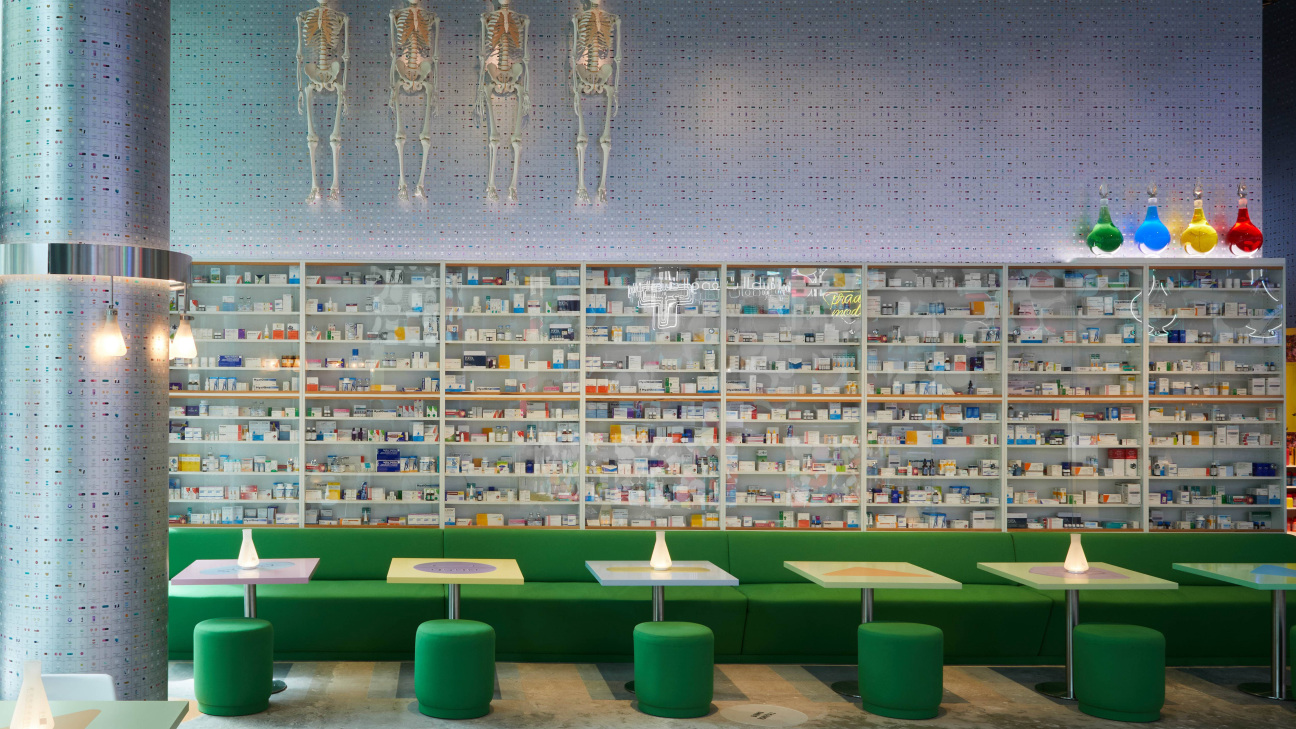
The series’ first iteration, in 2018, coincided with Art Basel Miami Beach and tapped artist Theaster Gates to create a site-specific installation. Since then, the Italian house has landed in Dubai with Damien Hirst, in Los Angeles with Martine Syms, in Paris with Trevor Paglen and Kate Crawford, and in Shanghai with Jia Zhangke, among other location-artist pairings. Each creative was offered a distinctive locale at a key moment and then set loose to design a novel salon for people to party, gossip, and conspire.
The 10th edition of the roving project took place this September during the second edition of Frieze Seoul, with curator Lee Sook-kyung acting as the locally hired gun. Lee, in turn, recruited three acclaimed South Korean filmmakers—Kim Jee-woon, Yeon Sang-ho, and Jeong Dahee—to bring their work off the screen and into the room.

It was one of Prada Mode’s most ambitious programs to date—not just because there were three contributors building out their own cinematic universes in a complex tucked away in Seoul’s historic shopping district, but also because the fashion house successfully connected multiple creative constellations, from the booming film industry to the international art scene. As Yeon put it during his talk with longtime collaborators Cho Young-kag and Yang Ik-june, “I told Prada that to see my vision through would take a lot of support. They didn’t flinch.”
What the filmmakers created at Prada Mode weren’t like exhibitions, they were exhibitions, and more thoughtful than most of the presentations at the fair itself. Yeon built a haunted boarding house replete with a crime scene, Kim constructed a dreamy park of pyung-sang (traditional Korean picnic tables), and Jeong assembled an animated library. It wasn’t their fleeting nature that made them feel so remarkable, but the intensity of the audience’s engagement: People hung around from day to night, haunting the cafes, speaking intimately with friends in front of strangers, and dancing until the lights went out.
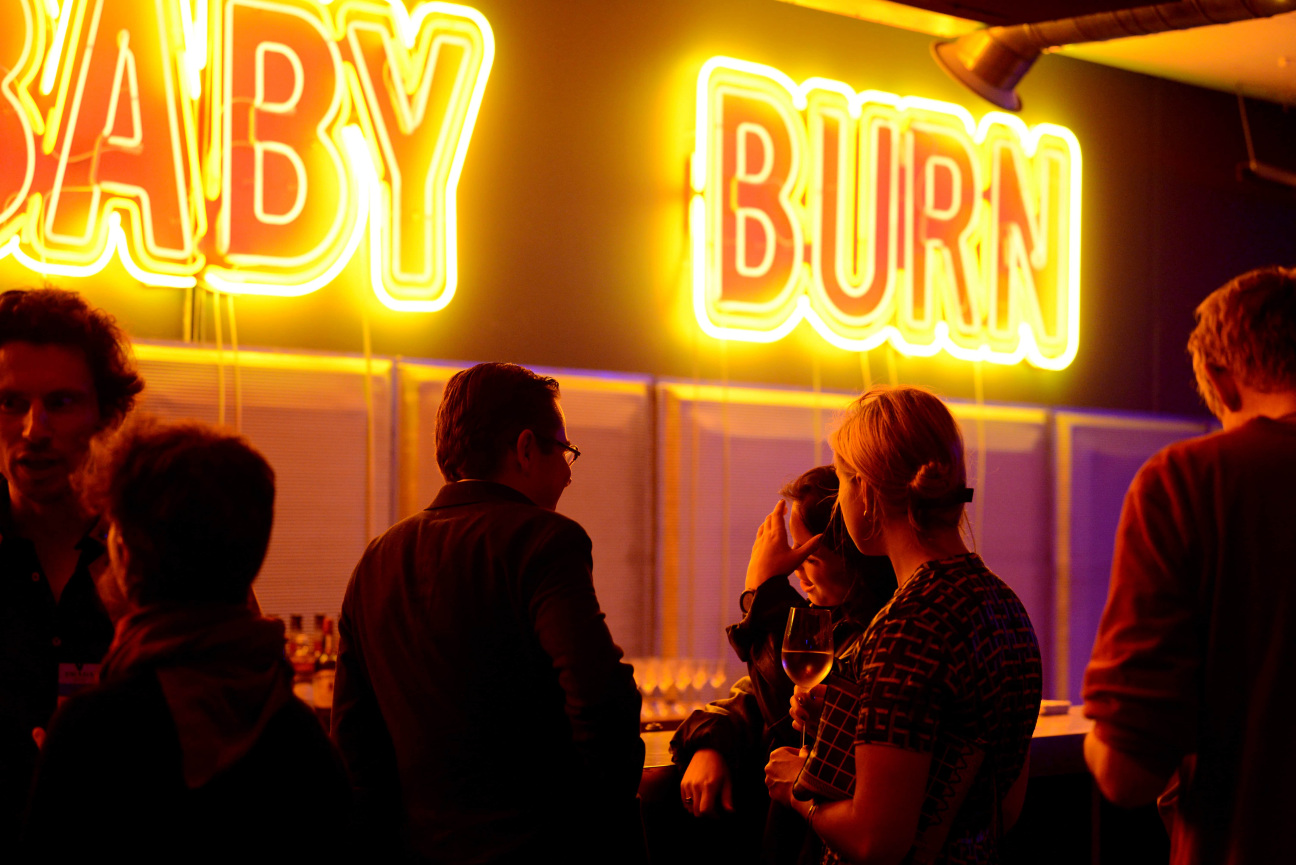
As a project, Prada Mode, now five years old, is a special alcove within the storied fashion house. It doesn’t have any permanent homes like Fondazione Prada, nor an endless cycle of seasons like the atelier. Instead, the concept is a shooting star that comes out to play when the planets align. It is often synched up with Frieze or Art Basel, but not exclusively.
Prada Mode burns brightly, swallowing up headlines, attention spans, and evening plans before disappearing into the night. It is this mythological quality that makes it the rogue, hypersocial cousin of the Prada family. What the event does best is surprise and delight by mobilizing the house’s long-standing coterie of artists, architects, musicians, and filmmakers to concoct ephemeral clubhouses all over the world. This allows clients and creatives alike to live for a day in the Prada universe.


